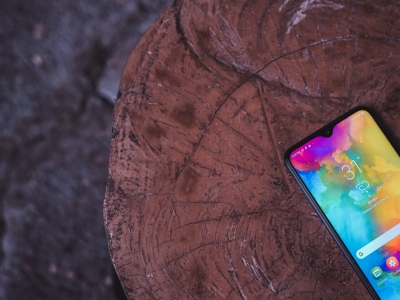
Nowadays, people take the opportunity to call someone at any time and place for granted. They take their mobile, dial a number and eventually talk into a mini microphone which transmits the signals to the receiver of the call. But it took a long time to get there. The history of the telephone begins in the middle of the 19th century, and many people contributed to its development. One of the first steps involved the transmission of vocal sounds over a wire, which was taken by a number of people including Thomas Edison and Alexander Graham Bell, the latter being the one receiving the patent of the telephone in March 1876. In the same decade, the first long-distance telephone line emerged. Technical devices such as the carbon microphone and the dial followed. A further important step taken in the 1940s was the development of the mobile phone which was initially installed in a vehicle and used in military operations. In 1973, the first handheld mobile appeared. Since then, the market for fixed telephones and mobile phones has become one of the most important and fastest growing economic branches worldwide. Originally meant to be a means of talking to each other via an electronic wire, the phone has now attained the status of a multifunctional multimedia communication device.
Multifunctionality of the 21st-century phone
Multifunctionality shows itself most popularly through the combination of sound and picture in the modern home and mobile phones. The voip technology, that is the Voice over Internet Protocol mechanism, enables users to call someone or even a group of people via the internet while at the same time seeing each other on the computer screen. On top of that, there are many special interest apps for mobile devices which allow users to get information from the World Wide Web via their mobiles. Mapping, calculation and playing games are among the most frequently used options. It will be exciting to see what comes next.










Comments